The following is the fourth part in a series of 5 blogs that will go through a presentation given by New Era Converting Machinery’s Bob Pasquale at 2018 AIMCAL R2R Europe Conference. The presentation is titled “Selecting an Unwind and Unwind Splicer System.”
Part 1 offered an overview and introduction to the blog series, as well as the holding of the roll while unwinding. Part 2 discussed tension control of the unwinding material. Part 3 went through the guiding of the web as it exits the unwind and how the expiring roll’s web will be spliced to the beginning of the new roll’s web. Part 4 will continue with a consideration of how the expiring roll’s web will be cut and the number of unwind positions. Part 5 will wrap the series up, finishing with a comparison of roll to roll versus continuous unwinding, and then offer a brief Conclusion.
HOW THE EXPIRING ROLL’S WEB WILL BE CUT
During normal operation it is typical that the end of the expiring roll’s web, the beginning of the new roll’s web or both need to be cut as part of the splicing procedure. Several factors dictate the method of cutting and cutting hardware required including:
- the web material that needs to be cut
- if the web will be moving or stationary during cutting
- if the cutting will be manual or automatic
Manual System
For some applications cutting of the web may be a simple task, performed manually by an operator using a handheld knife or scissors.
Advantages:
- Extremely inexpensive equipment
Disadvantages:
- Safety is a concern
- Web must be stopped
Automated System:
An automated cutting assembly can be integrated into the unwind system. The design of the assembly can vary greatly as shown in the examples below.

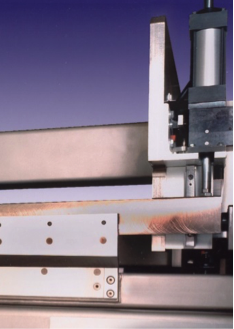
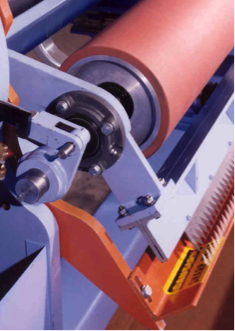
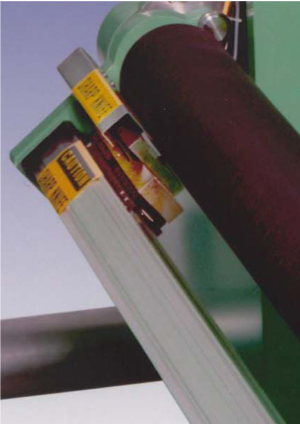
Advantages:
- Allows for cutting with minimal to no operator intervention
- Minimal safety concern
- Allows for repeatable cuts
- Certain methods allow for clean cuts
Disadvantages:
- Costly to install
- Take up space in the equipment line
- Requires higher maintenance
- Certain methods can generate debris
- Certain methods can result in unclean edges
- Certain methods can result in a biased edge if the web is moving during cutting
NUMBER OF UNWIND POSITIONS
Of major consideration is the number of unwind positions that are included with the unwind. The unwind can be provided as a:
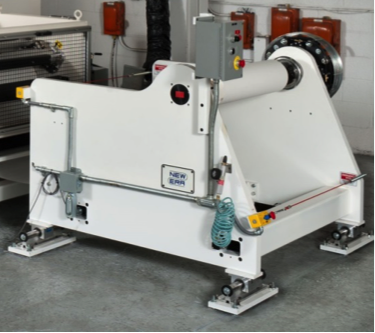
Single Position Unwind:
An unwind designed to include a single assembly for holding rolls of web material
Advantages:
- Lower initial purchase cost
- Minimal space requirements
Disadvantages:
- Requires the process line to be stopped for roll changes
- Requires the process line to be stopped for splicing
Multi Position Unwind:
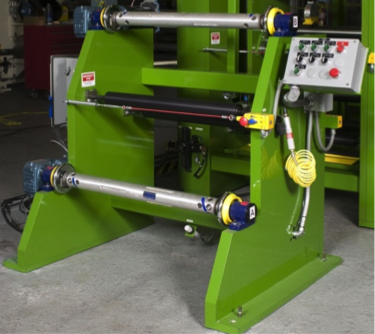
An unwind designed to include two or more assemblies for holding rolls of web material.
Advantages:
- Allows for new rolls of web to be loaded into an unwind position and prepared for splicing without stopping the process
Disadvantages:
- Still requires the process to be stopped to safely splice the leading edge of the new roll to the end of the expiring roll
###
*That concludes part 4 of our 5 part blog series, “Selecting an Unwind and Unwind Splicer System” – click here to read the fifth and final segment, or go back and read part 1 here, part 2 here, or part 3 here!
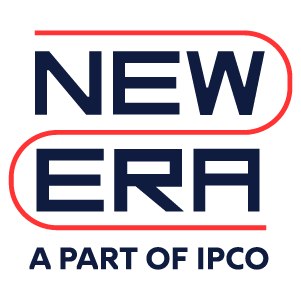












 Downloadable Brochures in PDF Format
Downloadable Brochures in PDF Format